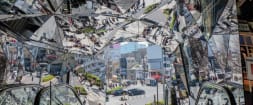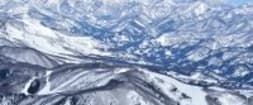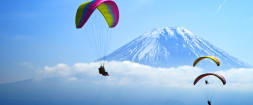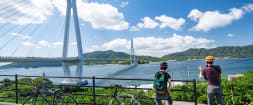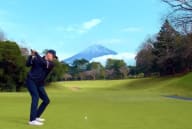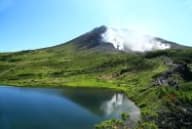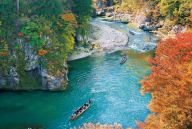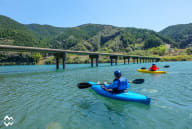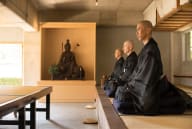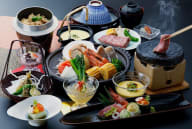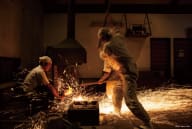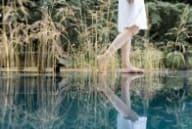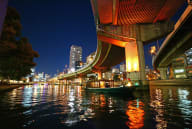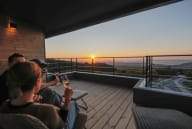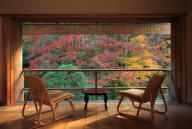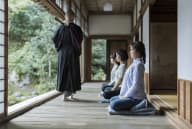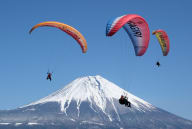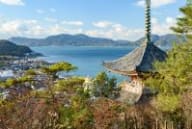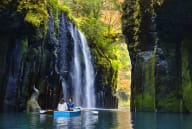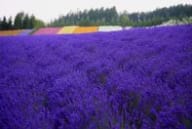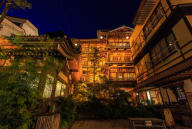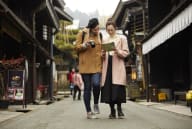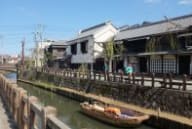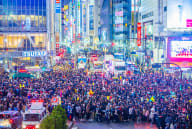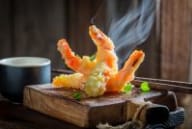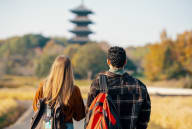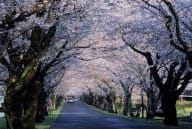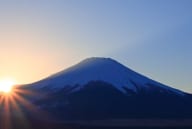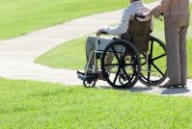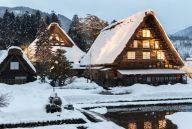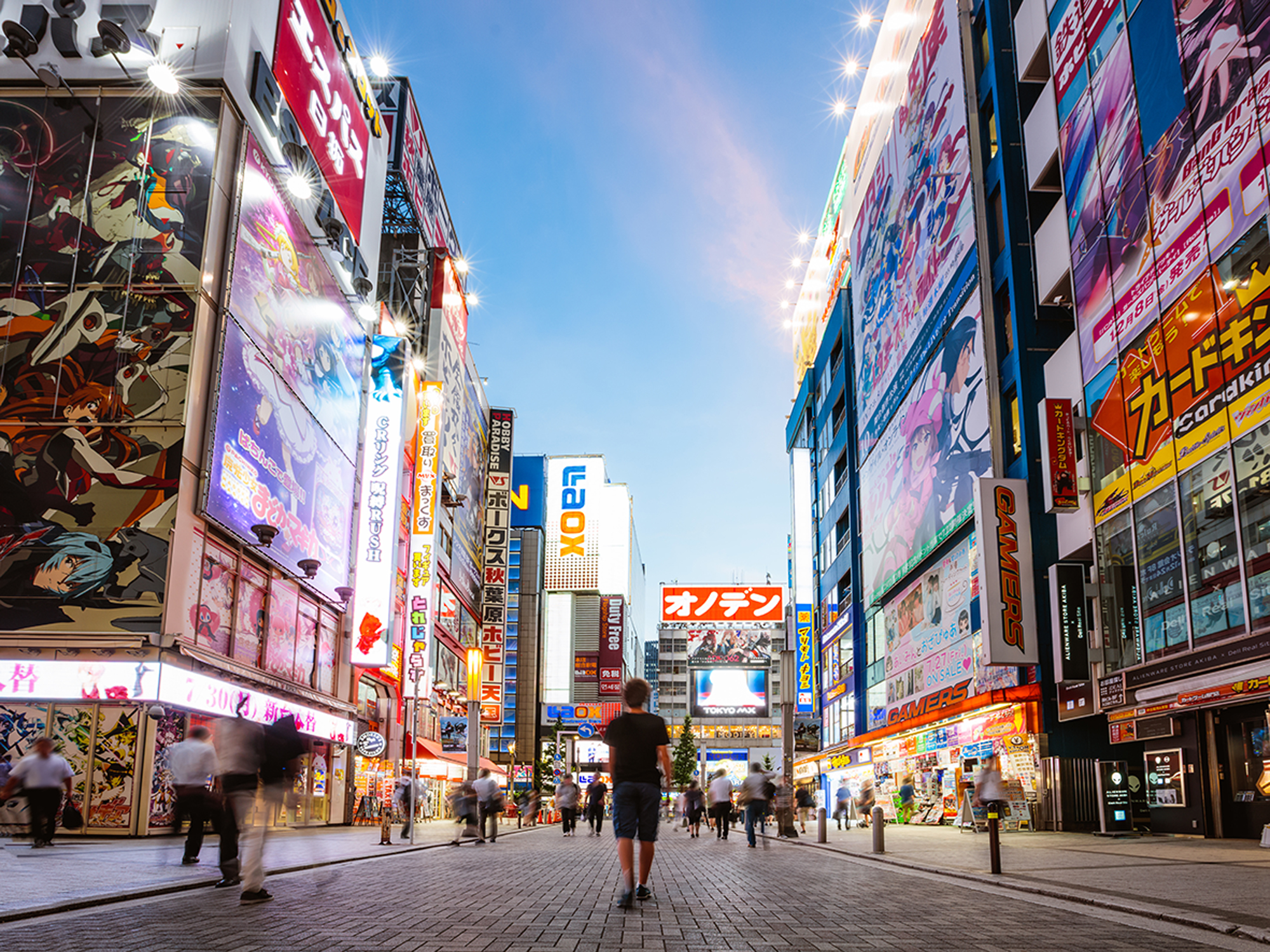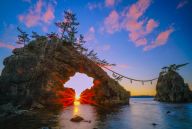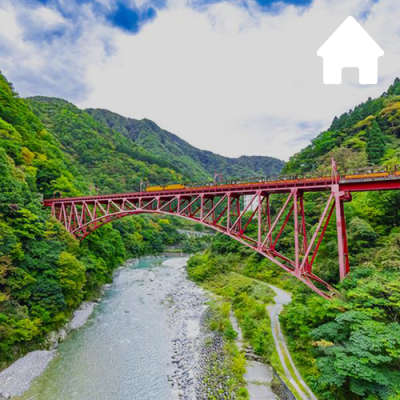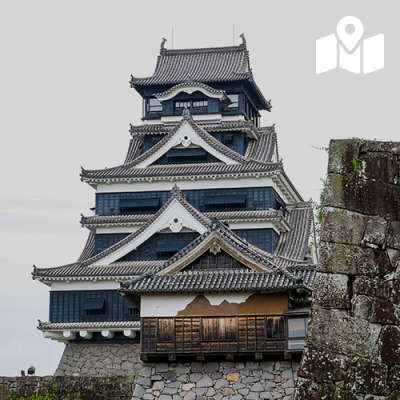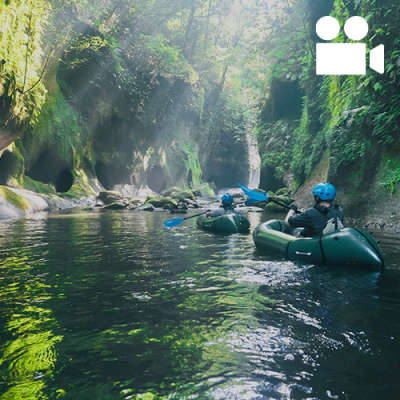Use the
Planning a Trip to Japan?
Share your travel photos with us by hashtagging your images with #visitjapanjp

Hokkaido, located in the northern region of Japan, is a destination I had been aspiring to visit owing to my deep yearning to witness its natural splendor and urban allure. Upon discovering that I had the opportunity to spend four days in Hokkaido, I felt a wave of excitement as the first thoughts that came to mind were those of peace, serenity, and stunning landscapes.
As part of my visit, we explored one of the main themes of the 2025 International Exposition, “Saving Lives,” and experienced how communities preserve and coexist with nature through sustainable tourism, while discovering the healing power of pristine landscapes.
My adventure began at New Chitose Airport, followed by a picturesque hour-long drive to Noboribetsu Bear Park. From the Ropeway Terminal, I boarded a gondola to the summit, unexpectedly joined by a giant stuffed bear that added a playful charm to the ride. The clear weather offered a spectacular view, and the seven-minute journey to the top led to several brown bear observation areas. This park also features a Brown Bear Museum, Bear Mountain Café, and shops offering a variety of bear-themed merchandise. Visitors have the opportunity to access the observatory rooftop of the Brown Bear Museum to enjoy a breathtaking panoramic view of Lake Kuttara from above. The park is open year-round, though closures may occur owing to summit weather or ropeway maintenance.

Each gondola at the Ropeway Station features bear figures representing Noboribetsu Bear Park

A stunning view of Lake Kuttara from the Brown Bear Museum's rooftop observatory
I traveled to the Oyunuma River Natural Footbath, just a five-minute drive from the Noboribetsu Bear Park, and I hiked for another five minutes to reach the foot bath. Soaking my feet in a natural hot spring was a truly enjoyable experience in a tranquil ambience.

A hot spring river flows from Oyunuma Lake
The next destination I explored was Jigokudani, otherwise known as “Hell Valley”. This volcanic landscape is a remnant of a volcanic explosion created by an eruption, resulting in a hellish appearance.

The famous volcanic terrain of Noboribetsu Jigokudani (Hell Valley).
I made a stop at Lake Shikotsu to admire the tranquil waters of the lake, and here you can enjoy the swan boat paddling activity. Lake Shikotsu and the spectacular mountain scenery provided a relaxing and peaceful experience. I also encountered a small railway bridge that connects the Chitose River at the lakeside, known as the Yamasen Railway Bridge, which was utilized for transporting materials during the late Meiji era. The Lake Shikotsu Visitor Center offers facilities and exhibits pertaining to the natural environment surrounding Lake Shikotsu, as well as providing information about the park.

Riding a pedal boat on Lake Shikotsu can create lasting memories for those visiting Hokkaido
The next day, I took a morning stroll through Sapporo, the capital of Hokkaido, to explore various iconic landmarks in this lovely city. The most recommended place to explore in the morning is Nijo Market. This renowned market offers a wide variety of fresh seafood, specifically the king crab, shellfish, and other marine products that can be purchased as souvenirs.

Fresh king crabs can be found at Nijo Market
The Sapporo TV Tower stands as a prominent landmark in Sapporo, featuring an observation deck that provides sweeping views of the city and is accessible to the public. I enjoyed my time at Odari Park, where I admired the fountain alongside the view of the tower. The park serves as an attractive location for capturing memorable photographs. I had the opportunity to observe Sapporo city and Odori Park from the 19th floor of Sapporo City Hall, a location that is not widely known among visitors.
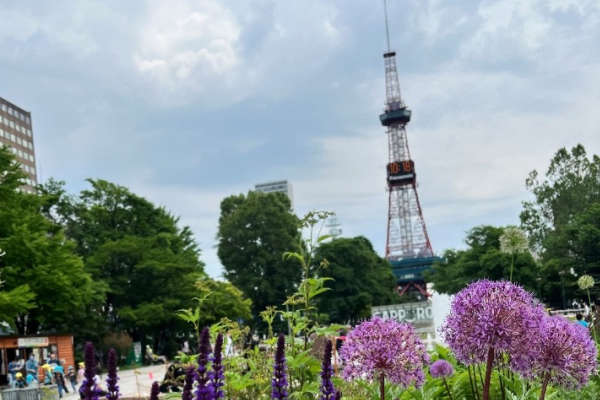
A stunning perspective of the Sapporo TV Tower as seen from Odari Park

Magnificent panorama of Sapporo City as seen from the 19th floor of the Sapporo City Hall
The Sapporo Clock Tower, constructed in the 19th century, holds the distinction of being the oldest clock tower in Japan, nestled among towering office buildings. This historical structure has been ringing its bells clearly every hour for more than 130 years, thanks to the diligent maintenance provided by a professional watch company. If you find free time, consider visiting the interior to learn more about the clock tower's history. Additionally, there is a photo platform outside the tower, allowing visitors and tourists to capture the best angle of this wooden landmark.
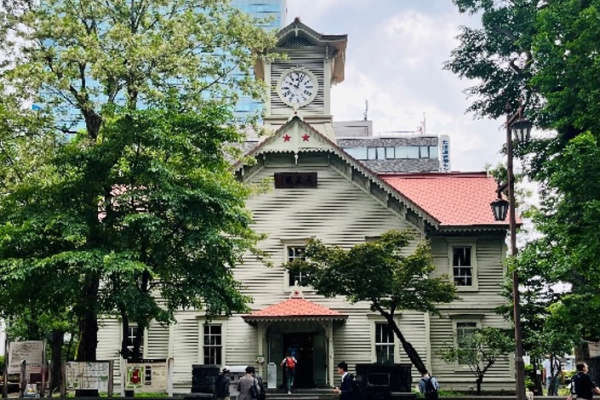
The Sapporo Clock Tower is recognized as a significant historical landmark in Hokkaido
In the evening, I enjoyed exquisite halal ramen at Fukunoki Restaurant, which was situated just a 24-minute walk from the center of Sapporo. For Muslim travelers, there are numerous dining options available in Sapporo.

A must try dish – Tantan Noodle, a tomato sesame noodle with tender chicken
From Sapporo, I continued my journey to Furano, fully appreciating the lush scenery that evokes a sense of tranquility while traveling along the route. The were lots of signs of wildlife crossing the road, so please be cautious of them. I also made a stop at the Shirogane Blue Pond, also known as Aoi-ike, which is an artificial pond located in Biei, Hokkaido. It was created to safeguard Biei town from volcanic mudflows. The striking blue water truly captivated my attention, and it was remarkably enchanting and perfect for photography.
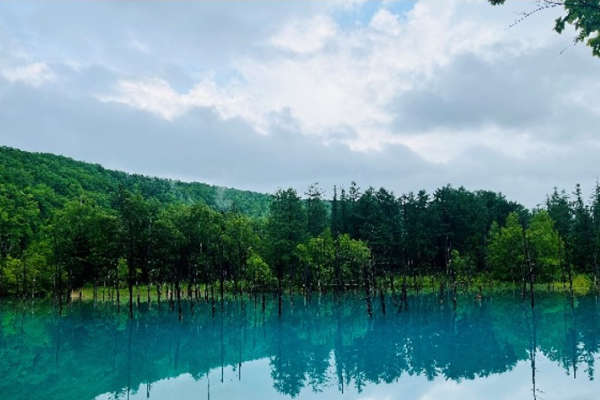
Shirogane Blue Pond (Aoi-ike) serves as an excellent location for photography
I made my way to Tomita Farm, situated in Nakafurano. This farm is renowned for its extensive lavender fields and a stunning array of flowers, which are meticulously arranged in neat rows. The optimal time to visit this farm is during the summer, particularly in July, when the lavender and other flowers are in full bloom. There are shops that offer souvenirs, primarily featuring lavender products.

Lupine can be found in one of the flower field sections at Tomita Farm
My journey continued to the Akanko Akan Kotan area to attend the Lake Akan Ainu Theatre (Ikor) performance “Dancing Under a Full Moon.’ The show was captivating, featuring Ainu dancers combined with digital animation, where the narrative commences with an Ainu legend, highlighting Ainu culture. After the show, I visited the handicraft shops, which offer wood carvings as souvenirs.

Handcrafted souvenirs created by local Ainu artists are available at Akanko Ainu Kotan
My evening was spent at the hotel located next to Lake Akan, which presented a stunning view of the lake. After sunset, I was eager to experience KAMUY LUMINA, an immersive night walking tour along the 1.2 km trail that winds through the forest of Lake Akan. There were eight observation zones with immersive animations. It was indeed an unforgettable experience. I highly recommend visitors to participate in this unique storytelling experience that seamlessly blends nature with technology. Translation applications are available for tourists to gain a deeper understanding of Kamuy Lumina. Right after that, I visited the Lake Akan Marimo foot bath Ure-Karip for a brief foot soak to enhance blood circulation prior to returning to the hotel. I learned that Hokkaido is also recognized for its hot spring destinations.

Visitors have the option to scan and download the Kamuy Lumina translation application
Before heading back to Osaka, I departed for a sightseeing cruise, which took around 1.5 hours. The weather was sunny, and I enjoyed the soothing sensation of the cool breeze. The pristine waters reflected the clear blue sky, and the boat offered stunning views of vibrant green forests and majestic mountains.

The active volcano Mountain Oakan, as seen from the cruise
The boat made a quick stop at the Marimo Exhibition and Observation Centre located on Churui Island. Marimo is a type of spherical algae that can only be found in two locations globally, one of which is Lake Akan. I believe that this center serves well for educational purposes as it provides information, particularly regarding the development of marimo.

Real-life marimo are displayed in a spacious aquarium at the Marimo Exhibition and Observation Center
My four-day trip to Hokkaido was truly wonderful and worth visiting. I intend to share my experiences with my family and friends, encouraging them to visit Japan, particularly Hokkaido, so they can personally experience the unique tranquility, untamed beauty and unforgettable views of the region.
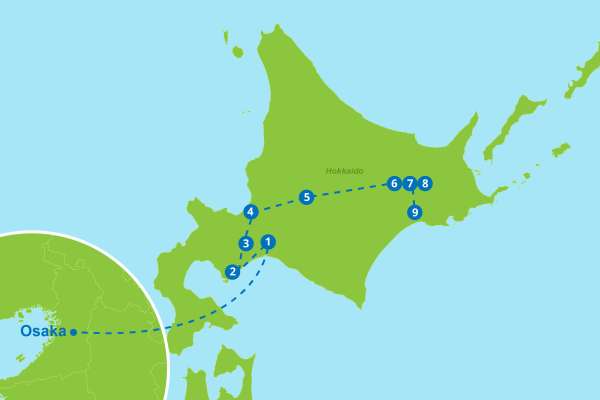
①New Chitose Airport
②Noboribetsu
③Lake Shikotsu
④Furano
⑤Sapporo
⑥Akanko Ainu Kotan
⑦Kamuy Lumina
⑧Lake Akan
⑨Kushiro Airport
-
About the author
Author: Razieha Razali
Profile: Razieha Razali works for Tourism Malaysia, specializing in inbound tourism. In her leisure time, she enjoys photographing scenic landscapes and sightseeing.











